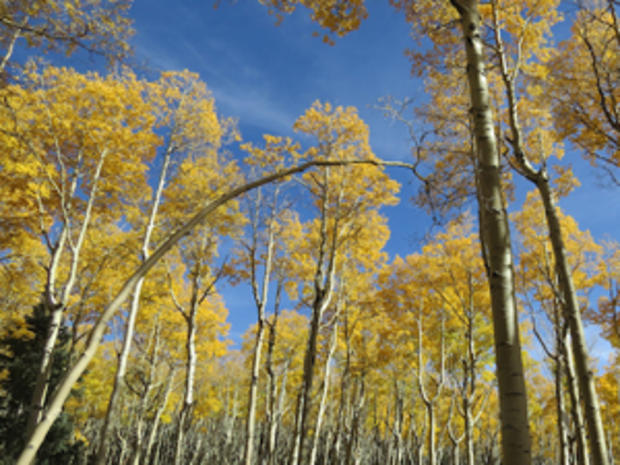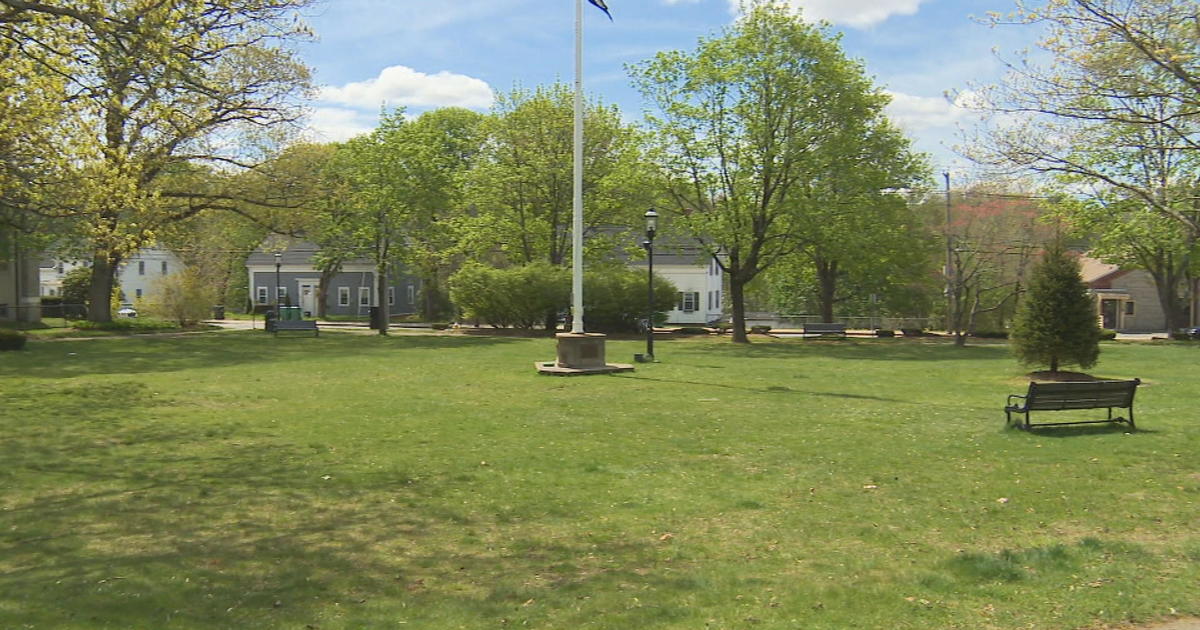Best Backpacking Trails In The Continental US
Most every trail in America has its own unique set of natural beauty and spectacular vistas. But some are much more special than others, especially those tracing the footsteps of the country's earliest pioneers and trailblazers. With countless numbers of trails to choose from, the following are just five of the best backpacking trails in the continental United States.
The American Discovery Trail, also known as the ADT, is the only coast-to-coast, non-motorized recreational trail in the entire country. Stretching more than 5,000 miles across 15 states from California to Delaware, the ADT also features a doubled trail that fans off in northern or southern routes between Colorado and Ohio. With a combined distance of about 6,800 miles, the ADT traverses through 30 national parks, recreation areas and forests including Glen Canyon and Canyonlands in Utah, Shawnee National Forest in Illinois, Hoosier National Forest in Indiana and Wayne National Forest in Ohio. Additionally, the ADT connects to several of the nation's most famous trails, such as the Pacific Crest Trail, Lewis and Clark Trail, Buckeye Trail and the Continental Divide three separate times. From a west to east direction, thru hikers will pass through California, Nevada, Utah and Colorado, then choose to head north through Nebraska, Iowa, Illinois and Indiana or south into Kansas, Missouri and Kentucky before the trails merge again into Ohio. The trail eventually winds its way through West Virginia, Maryland, Washington D.C. and finally into Delaware. One other notable segment of the trail is the Captain John Smith Chesapeake National Historic Trail, a series of water routes extending some 3,000 miles along the Chesapeake Bay. While a complete, coast-to-coast trip is expected to take over one year, there are many public and private campgrounds in the national parks and forests, in addition to state or local parks to enjoy for any length of a trip.
Extending nearly 2,200 miles across 13 states, the Appalachian Trail (AT) is the longest hiking-only trail in the world. While thousands of hikers take on the challenge of hiking the entire trail in a single trip, it can take up to seven months to complete the journey. A better solution for most backpackers is to set out on a multi-day hike while camping out under the stars along the way. Because multi-day hikes will require a lot of effort, backpackers must bring along enough food and water for the entire duration. No fees or permits are required for hiking the AT, but backcountry camping permits are required in the two national parks — Great Smoky Mountains National Park and Shenandoah National Park. Additionally, Green Mountain National Forest in Vermont and White Mountain National Forest in New Hampshire charge camping fees, as well as Maine's Baxter State Park for thru-hiker campsites. There are literally hundreds of notable places to see along the Appalachian Trail, including the Great Smoky Mountains, Bear Mountain Bridge, Chimney Rock State Park and the very challenging Hundred Mile Wilderness.
Continental Divide Trail
Like the Appalachian Trail, this 3,100-mile trek is part of what's known in the hiking community as the "Triple Crown" of hiking. Extending between Mexico and Canada while traversing through five states across the Rocky Mountains, the Continental Divide Trail is another popular trek for both thru and multi-day hikers. Most of the trail does not require hiking permits, but backcountry permits are needed for Glacier, Yellowstone and Rocky Mountain national parks, as well as Indian Peaks Wilderness in Colorado and El Malpais National Monument in New Mexico. However, it's important for backpackers to understand that the CDT is still under construction and many sections are located in remote areas. Therefore, backpackers must do plenty of advance planning and bring an appropriate amount of food, clothing and equipment. Nevertheless, there are numerous great spots to enjoy on the CDT, such as the Santa Fe National Forest in New Mexico, the majestic peaks of the Rocky Mountains, Great Divide Basin in Wyoming and the Centennial Mountains in Montana.
As the name suggests, the North Country National Scenic Trail (NCT) traverses through approximately 4,600 miles across seven of the northernmost states. Extending from Lake Sakakawea State Park in North Dakota to Crown Point in eastern New York, the NCT also allows backpackers to hike into Minnesota, then along the Lake Superior shoreline in Wisconsin and across the Mackinac Bridge — separating Lake Michigan and Lake Huron — into Michigan before heading south towards Ohio, then heading north again into Pennsylvania and New York. At more than 4,500 miles long, the NCT is the longest of the 11 National Scenic Trails and passes through multiple national forests and wildlife refuges, as well as more than 100 state parks and state historic areas. While there are typically severe weather conditions in the winter, it doesn't necessarily deter visitors from exploring the NCT. However, the winter weather could be especially challenging for overnight backpackers. For the majority of backpackers, the better times to explore any length of the trail are in the spring, summer and fall. Although no permits or fees are required to hike the NCT, backcountry permits are required in Pictured Rocks National Lakeshore in Michigan, in addition to the Kekekabic and Border Route trails of the Superior National Forest in Minnesota. Lastly, camping and entrances fees are required at some National Forest Areas and any state park along the way.
Pacific Crest Trail
The Pacific Crest Trail, also known as the PCT, is another spectacular long distance trail, stretching 2,663 miles from Canada to Mexico. Traveling along some of the highest sections of both the Sierra and Cascade mountain ranges, the PCT passes through 25 national forests and seven national parks including Mount Rainier, Crater Lake and Yosemite. Applications for long-distance permits begin in early February and are necessary for overnight use along the PCT corridor. Shorter distance permits for backpackers traveling under 500 miles are also required in the national forests, national parks and any of the California State Parks. Backpackers are advised to check each local agency's website for specific requirements, and may reserve space on public lands through recreation.gov. There are several notable sections along the PCT, such as the 186-mile long Tahoe-Yosemite Trail, the 428-mile Oregon Skyline Trail and the 210.4-mile John Muir Trail, which really deserves a section of its own. In addition to Yosemite, Mount Rainier and the breathtaking Crater Lake, other top attractions on the PCT include Lassen National Forest, Shasta-Trinity National Forest, Mount Hood and the Columbia River Gorge in Oregon and North Cascades National Park in Washington.
Related: Money Saving Tips For Camping
Randy Yagi is an award-winning freelance writer covering all things San Francisco. In 2012, he received a Media Fellowship from Stanford University. His work can be found on Examiner.com





